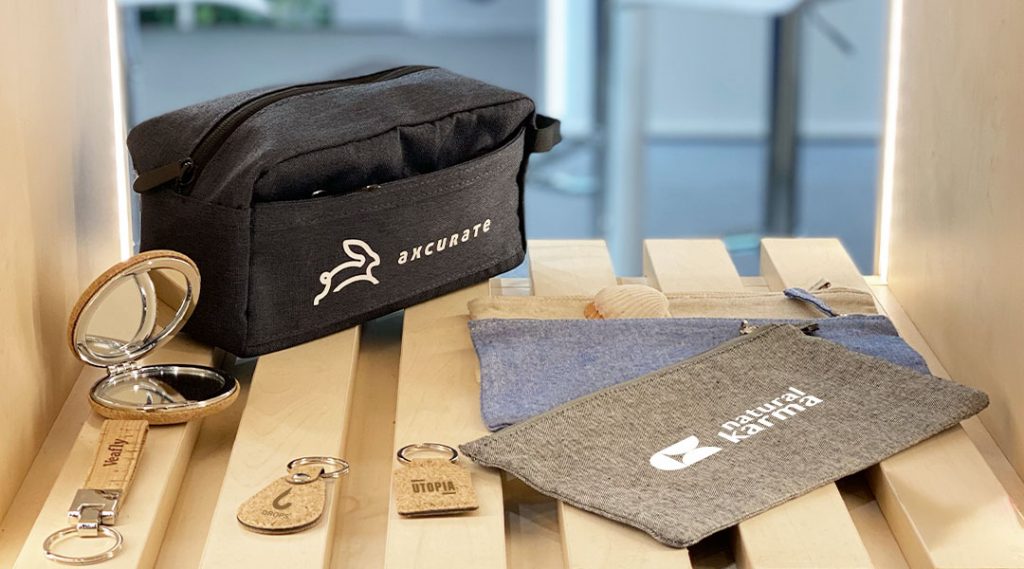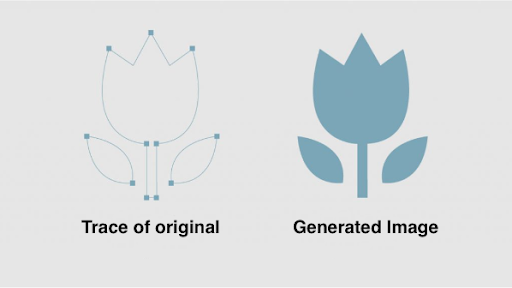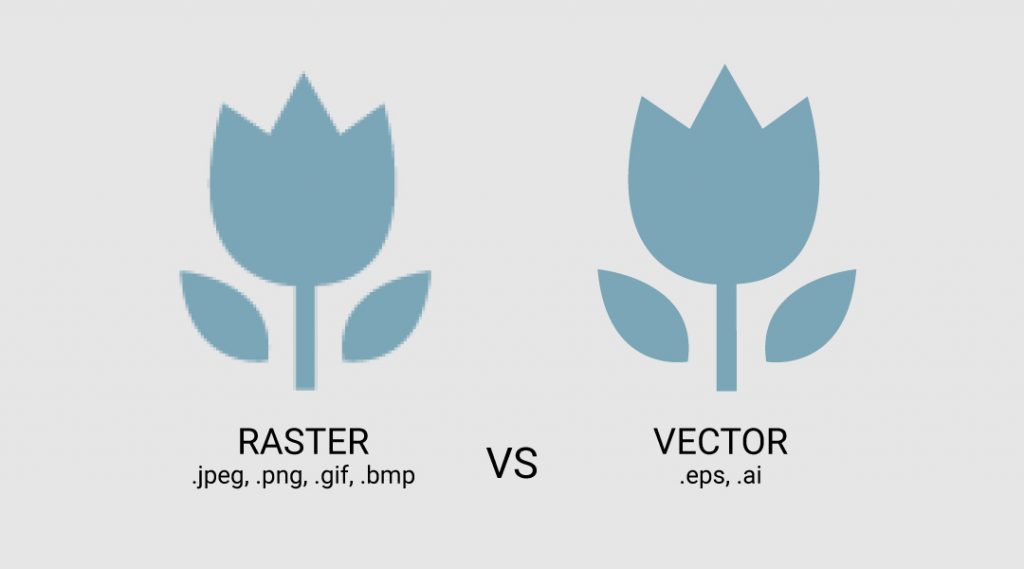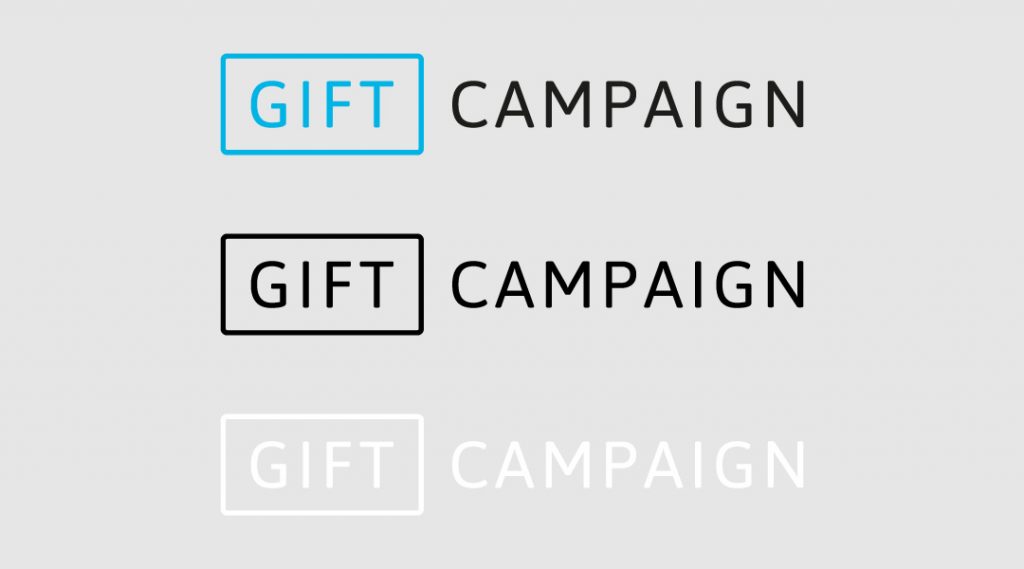
When deciding to produce advertising items, it’s not just important to choose the most suitable model for your company. One aspect you need to take into account is how your giveaway will be printed. There are a wide variety of printing techniques to choose from: screen printing, laser engraving, sublimation, transfer, etc. They all differ from one another, but they share a common characteristic: they require a suitable preliminary image for good quality in the final result, and this is why a vector is so important.
When placing your order, you should always seek advice on the best technique. To do this, it is essential to send the logo so that a graphic sample can be made and you can assess whether this is the best option for you or whether you need to find another one. A common problem is not having the best quality image, which means you can’t go ahead because the final finish would be compromised.
That’s why we decided to create this post to explain the best format for your logo or image.
Image types
Images fall into two broad categories: raster images and vector images.
The former are the most common type of image and are defined in .jpeg, .png, .tiff, .psd, .bmp and .tga formats. They are made up of a grid of square dots called pixels, like a mosaic, each with certain colour information.

An image like this is certainly rich in detail, but it has a flaw: it often makes it unusable for some jobs, such as personalising promotional products.
When you try to zoom in (and this has certainly happened more than once when looking at an image on your computer), it loses resolution. The individual squares become more visible and so the image appears pixelated. What happens is that pixels can’t increase in number and so, when working with it, it’s possible that, to compensate for changes in size, they become larger to make up for the lack of them.
Vector images are a set of mathematical formulas that define points, lines, curves and polygons, to which colours and shades are assigned. This way, the image is always independent of the resolution. They are therefore ideal for working with, because with each change of format, it will remould itself to adapt to the new size. They will never lose quality or definition.

For example, think of your participation in trade fairs or corporate events. You have to carry advertising gifts, such as bags or notebooks. Your logo is made up of 4 colours, but printing it on the merchandising you want is beyond your budget. Or, on the other hand, it could be that the original design doesn’t go well with the colour of the gift and you’d prefer it to be monochrome. With a .jpg or .png file it would be an arduous task to modify, whereas with a vector file, it only takes a few minutes.
How do you know if your logo or image is vectorised?
Vector images are usually in .ai, .eps or the classic .pdf format, but beware: not all .pdf files are vector files!
If you have any doubts about whether your logo is in vector format, just do a very simple test. Open the file containing your logo and make it as large as possible. If it remains the same quality, it is made up of vectors. If, on the other hand, it looks less sharp, it means it’s a different type of file and can’t be used.

Vector is the perfect format for creating corporate gifts. However, there are some techniques, such as sublimation, that don’t require it. Only with a good quality image can you work correctly. Other personalisations, such as screen printing or pad printing, do require it.
But what if my logo isn’t in vector format? What can I do? Don’t worry, at Gift Campaign we’ve thought of this possibility so that you can make your own promotional items.
We know that it’s very common for logos to be in .jpg or .png format and, to save time and avoid lengthy procedures, we take care of transforming the image or text into the correct format. This service is usually free (with a few exceptions that can be more complex) and you will always have the file in the ideal format for use in other projects.
Did you already know about the vector format? Do you have any questions or want to share any related experiences with us? We invite you to leave us your comments down below. And if you decide to place an order, we invite you to take a look at our corporate gifts catalogue.